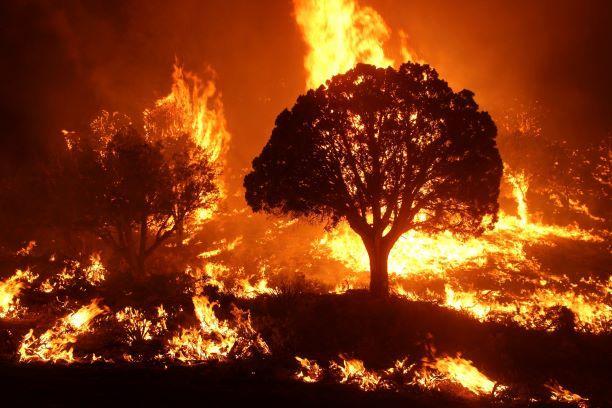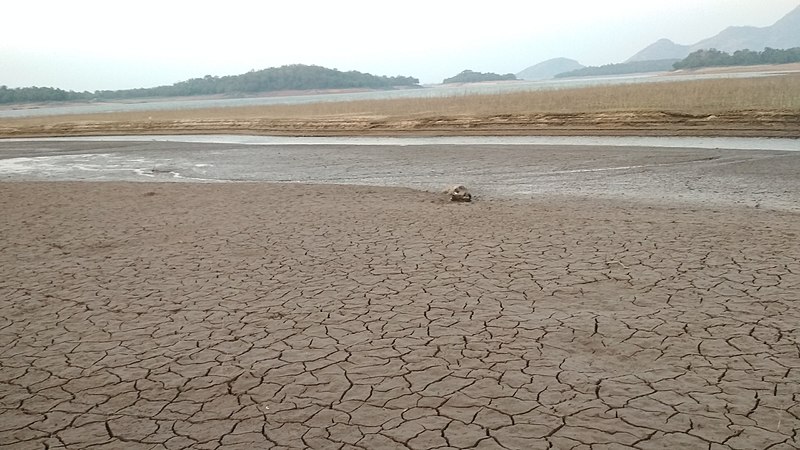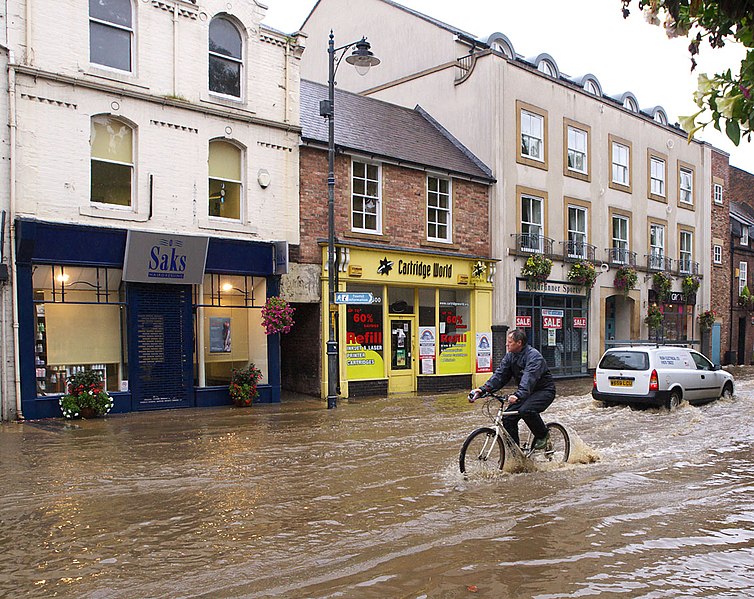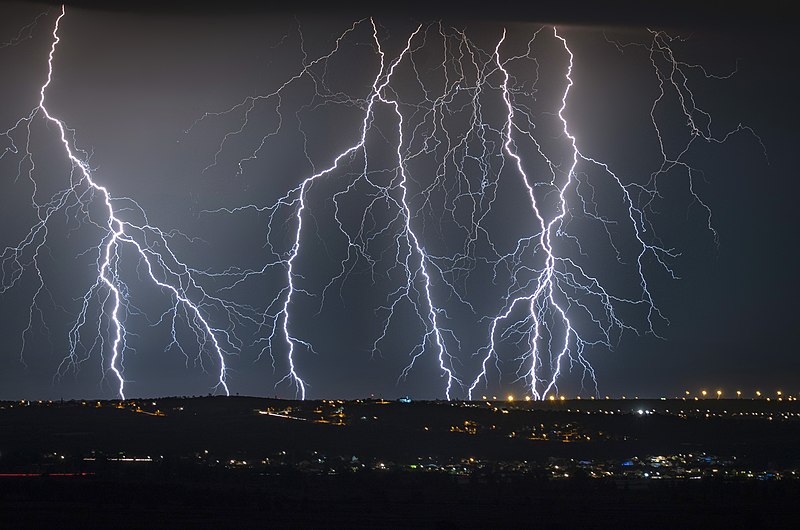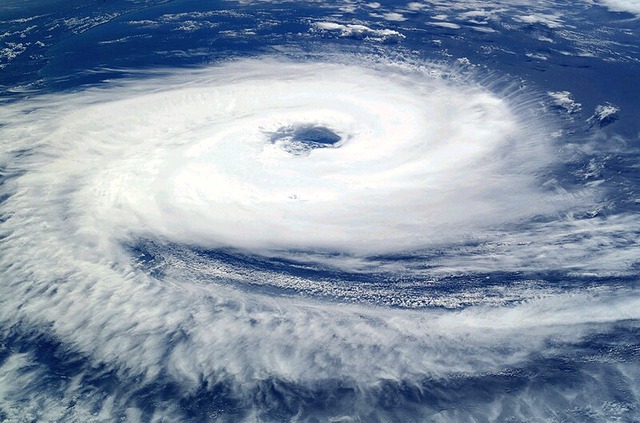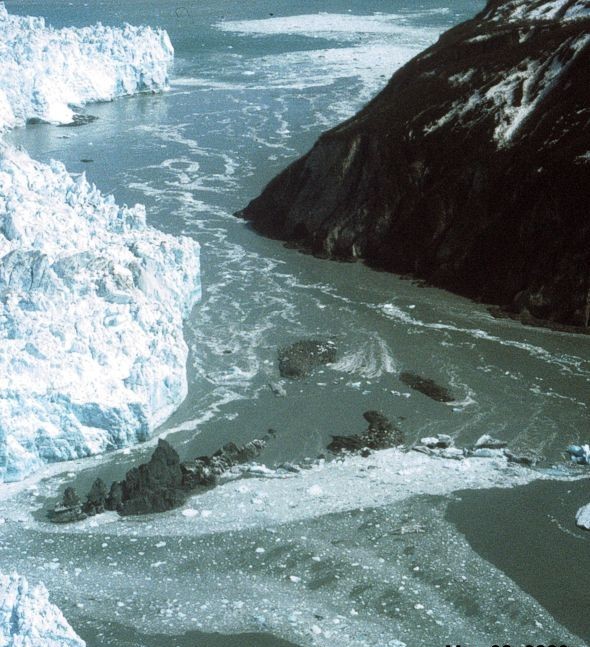Disaster Management
Natural Disasters : Forest Fire
Definition A forest fire, also known as a wildfire, bushfire, or vegetation fire, is defined as an uncontrolled and unprescribed combustion of plants in natural environments such as forests, grasslands, or brushlands. Causes Natural Causes Global warming Heat waves and … Continue reading
Natural Disasters : Drought
Definition Drought is a prolonged period of abnormally low rainfall, leading to a water shortage that can have serious consequences for ecosystems, agriculture, and communities. Areas Vulnerable to Drought in India Types of Drought Meteorological Drought: This type of drought … Continue reading
Natural Disasters : Urban Flooding
Definition Urban flooding is the inundation of land or property in a built environment, particularly in more densely populated areas, caused by rainfall overwhelming the capacity of drainage systems. Causes Inadequate Drainage Systems: Many urban areas need more stormwater drainage … Continue reading
Natural Disasters : Floods
Definition A flood is an overflow of water that submerges land that is usually dry. Causes of Flood Natural Causes Rainfall Intense rainfall triggers the overflow of rivers. This is most common in the monsoon season. Snowmelt The snow and … Continue reading
Natural Disasters : Lightning
Definition and Types Definition: Lightning is an electrical discharge that occurs when there is an imbalance between the storm clouds and the earth or even within the clouds. Types Intercloud or intra-cloud (IC): Harmless Cloud to Ground (CG) lightning: Harmful … Continue reading
Natural Disasters : Tropical Cyclones
Definition and Condition Required for Formation Definition: Tropical cyclones are intense circular storms that originate over warm tropical oceans and are characterized by strong winds, heavy rainfall, and low-pressure centers. Condition For Formation Sea Surface Temperature: Must be at least … Continue reading
Natural Disasters : Tsunamis
Definition Also called harbour waves or seismic waves. They are a series of very large waves with extremely long wavelengths, in the deep ocean, the length from crest to crest may be 100 km or more. For Example – 2004 … Continue reading
Natural Disasters : Glacial Lake Outburst Flood (GLOF)
Definition GLOF is the sudden flooding that occurs due to breach of boundaries of proglacial lakes resulting in rapid and large downstream discharge into nearby streams and lakes. Causes Rapid melting of glaciers or the buildup of water Changes in … Continue reading
Natural Disasters : Avalanche
Definition An avalanche is a sudden, rapid flow of snow, ice, and debris down a mountain or slope. Types Rock Avalanches – Consist of large segments of shattered rock Ice Avalanches – Occur in the vicinity of a glacier Debris … Continue reading
Natural Disasters : Landslides
Definition It is type of mass wasting in which movement of rock mass or debris down the slope take place Example – Landslide in Kerala’s Wayanad district (June, 2024). Landslide Vulnerability Zones of India Around 12.6% of the land area, … Continue reading

